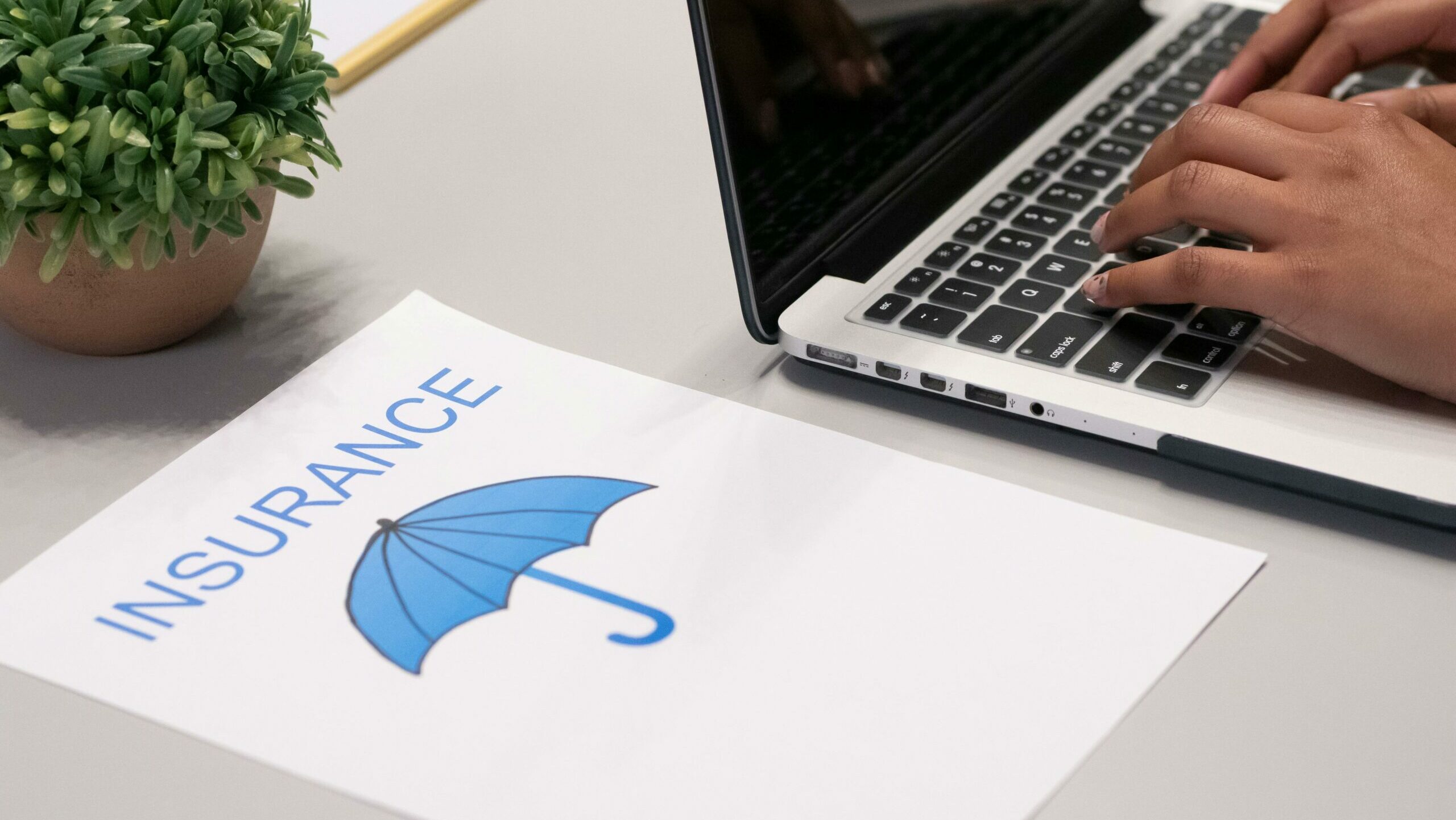How to find flight deals within the U.S. using new AI-powered travel apps
Fares jump around, and that can make planning a trip feel like a gamble. Good news: there are clear, practical answers on how to find flight deals using AI travel apps. AI tools that help you find cheap flights in the U.S. scan millions of prices in seconds and spot patterns humans miss. If you want smart ways to book affordable U.S. flights, today’s travel apps can advise when to buy, flag discounts, and personalize results to match your habits. You still make the call, but these systems shorten the search and trim the bill.

How artificial intelligence is changing flight search in the U.S.
The shift to AI-guided search is already visible. A 2022 Skyscanner survey found 54 percent of U.S. travelers are willing to use AI-powered tools to hunt for better fares. Investment backs that interest. The global travel technology market, which includes AI-powered travel apps, is projected to reach 12.5 billion dollars by 2025, growing at 9.7 percent compounded annually from 2020. That spending fuels faster algorithms, cleaner interfaces, and more accurate predictions. For travelers, it means less guessing and more evidence behind booking choices.
AI changes the sequence of decisions. Instead of picking dates and hoping for a sale, people start with prediction curves and price alerts, then choose their week based on value. Apps surface nearby airports, cabin tradeoffs, and bag fee impacts early, so the full cost is clear. The result is a smoother path from browsing to purchase for U.S. trips, especially for families, students, and small businesses trying to stretch budgets.
Best AI-powered flight deal apps for U.S. travelers and AI tools that help you find cheap flights in the U.S.
Several names stand out. Hopper uses machine learning to forecast fares and recommends waiting or buying now. The company reports 95 percent accuracy up to a year in advance. Expedia’s 2023 study found that travelers who used AI guidance saved an average of 15 to 20 percent on domestic flights. Those are meaningful cuts for a long weekend or a family visit, and they show that timing advice can translate into dollars saved.
Google Flights blends broad price comparison with helpful predictions. When users follow its suggested booking windows, the company says savings can reach up to 20 percent. Skyscanner and Kayak excel at sweeping searches across airlines and dates, then layering in filters for stops, times, and baggage. Together, these AI tools that help you find cheap flights in the U.S. turn a chaotic market into a set of clear options you can sort by price, convenience, or flexibility.
Machine learning tools for airfare prediction and how to use AI for cheap domestic flights
Airfare prediction models digest years of fare history, seat inventory patterns, seasonality, and booking behavior, then estimate when prices are likely to rise or drop. For a traveler, the practical move is simple: set price alerts on routes you care about, allow the app to track dates within a range, and wait for a buy alert. These machine learning tools for airfare prediction remove guesswork and help you commit only when the price is favorable.
For cheap domestic flights, combine tactics. Start tracking at least a few weeks ahead, compare predictions across two apps, and stay flexible on dates and airports. If an alert suggests waiting, check the calendar view for cheaper weekdays. When Google Flights highlights an optimal booking window, act promptly. On popular U.S. routes, that guidance often lines up with measurable savings, and it can prevent the last-minute scramble that leads to overpaying.
AI that helps compare flight prices in real time and travel apps that find flight discounts automatically
Live comparison is where AI shines. Instead of refreshing airline sites, these systems stream current fares, flag unusual drops, and suggest alternate routes that keep total travel time reasonable. Some go further by predicting potential delays and recommending connections with better odds of arriving on time. The mix of real-time data and smart suggestions helps you choose a fair price without sacrificing reliability.
Travel apps that find flight discounts automatically also reduce hassle. Calendar heat maps, instant alerts, and auto-filled traveler profiles cut the clicks needed to book. Chat tools explain bag fees and change rules in plain language. Total cost is clearer early, so you can compare a basic fare with extras against a standard fare with fewer add-ons. Small design upgrades make fast-moving deals easier to capture.
AI travel apps for budget-conscious flyers: Smart ways to book affordable U.S. flights
For budget-conscious flyers, the best results come from pairing AI insight with a few ground rules. Confirm predictions across multiple sources, watch total trip value instead of headline fares, and avoid locking in nonrefundable tickets if your plans may shift. Be mindful of privacy. Review data settings, turn off tracking you do not need, and use email-only alerts if push notifications feel intrusive. Control improves confidence.
If you came here to learn how to find flight deals using AI travel apps, the action plan is straightforward. Pick two apps you like, set alerts on your priority routes, and give them a few weeks to work. With more than half of U.S. travelers open to AI tools, the experience keeps improving. The combination of prediction, real-time comparison, and clear pricing can clip a meaningful share off your annual travel spend.
AI is not magic, but it is a practical co-pilot for finding fair prices on U.S. flights. Let algorithms do the heavy lifting while you focus on timing, flexibility, and comfort. Set your first alerts today, compare a few predictions side by side, and book when the data lines up with your plans. Small wins add up, and the right tools make those wins more frequent.







